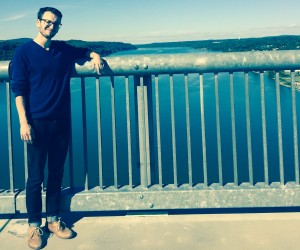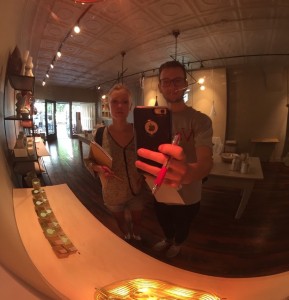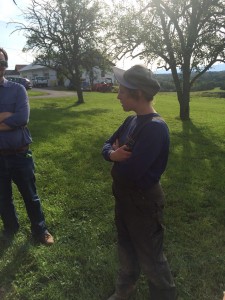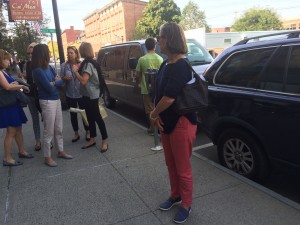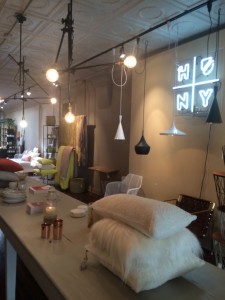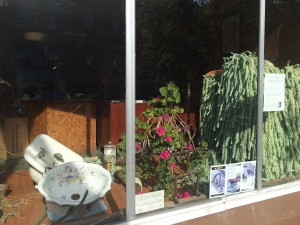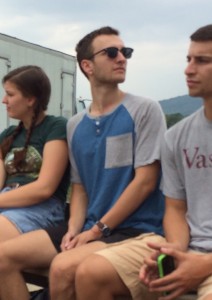The Walkway Over the Hudson is both an enjoyable trip and a paradigm of the culture and amenity economy of the Hudson Valley.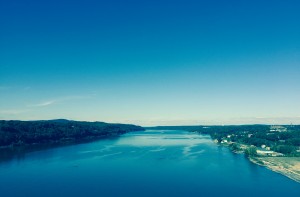
I biked to the walkway with my friend, Lydia, after a long morning of classes. It was a sunny day, and there was a pre-fall feeling in the air. The walkway is connected to the tree-lined bike path, The Hudson Valley Rail Trail. It is easily accessible by bike from Vassar.
The tree-lined path stops where the walkway begins. A food truck awaits potential customers at the entrance. As Lydia and I bike onward, the mass of pedestrians thickened. There were various dog walkers, bikers, runners, and tourists (as evidenced by cameras and accents). A quick look to the left and we saw the train station a quick walk away.
It takes about five minutes of biking to get to the center of the massive walkway. In front of us were rolling hills of trees, towering above the wide river. There is little development other than the train tracks along side the river and scattered houses here and there. There is more development looking in the direction we came from, but the majority of the landscape remains green space.
With a quick look around and it’s easy to tell the economic importance of the walkway over the Hudson. Firstly: the tourists. I counted three groups of people with European accents who were carrying cameras and were clearly not from the Hudson Valley. This was within a ten-minute period, and there could have been more than I noticed. The accents, interestingly, sounded eastern European. The tourism industry and/or local governments in Dutchess County clearly understand the importance of attracting tourists, given the bathrooms (at least on one end), informational signs along the rails, benches, and beverages provided via vending machine. Additionally, it is strategically placed right next to the train station, making it the full package: exciting, convenient, and accessible.
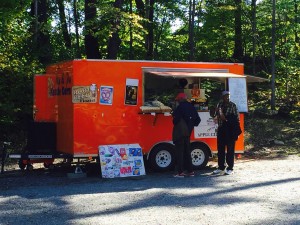
Food truck.
The Walkway Over the Hudson is nostalgic, creating an experience of connectedness with the valley’s history and with nature. It reminds me of other trips we’ve been on, like Hudson and Fishkill Farms. The foundation for this aesthetic obviously lies in the vast natural landscape. The river and undeveloped land is breathtaking. The informational signs on the railings give both historical context and information about the science of the river and bridge construction. The train running along the side of the river, the old town of Poughkeepsie nestled in trees off in the distance, and the leaves starting to turn before fall all add to this aesthetic.
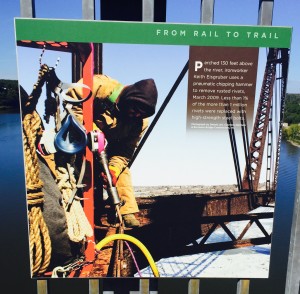
An informational sign along the railing.
Nostalgia, a desire to return to the past, is one of the driving forces of the Hudson Valley amenity economy. In our highly industrialized and hyper-stimulated society, people are getting more eager to escape to nature, and return to a simpler way of living. The Hudson Valley, with its old buildings and natural landscapes, draws on this desire. The Walkway Over the Hudson provides a nice balance between excitement, simply from its sheer gargantuan size and the vastness of the natural landscape it exhibits, while still connecting with a key sense of nostalgic that is characteristic of the Hudson Valley.
See more info here: https://walkway.org/
